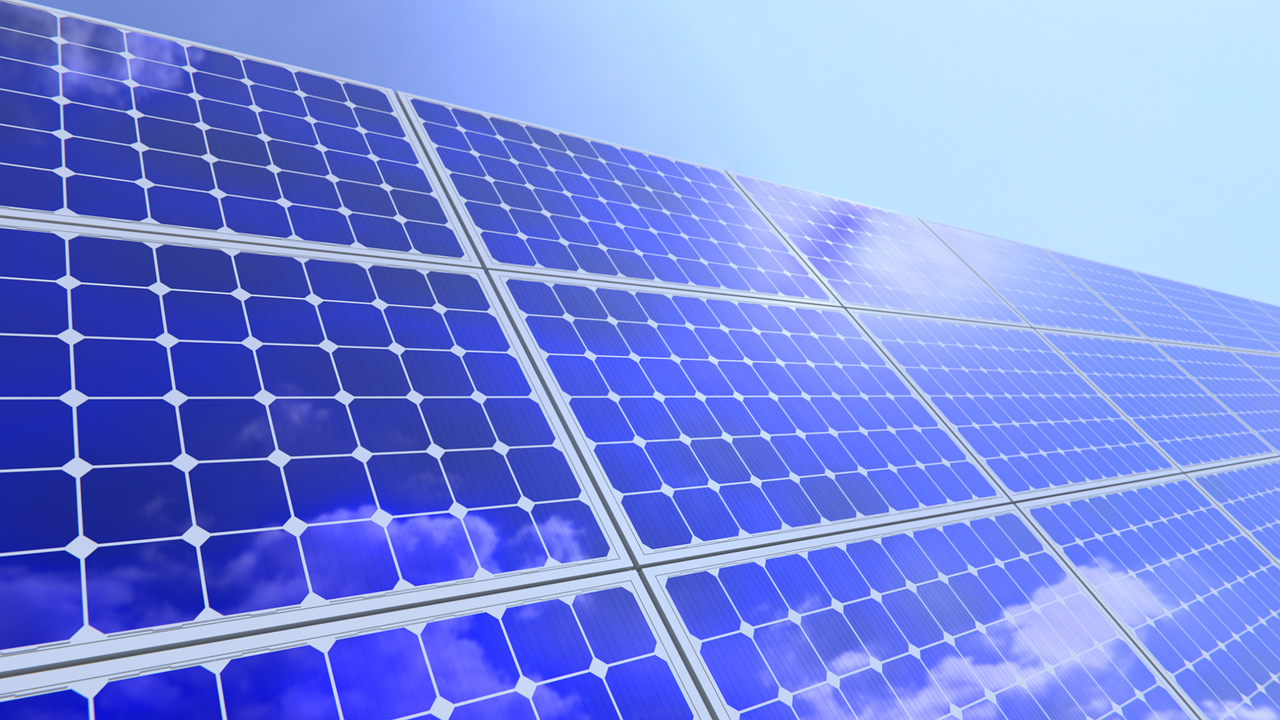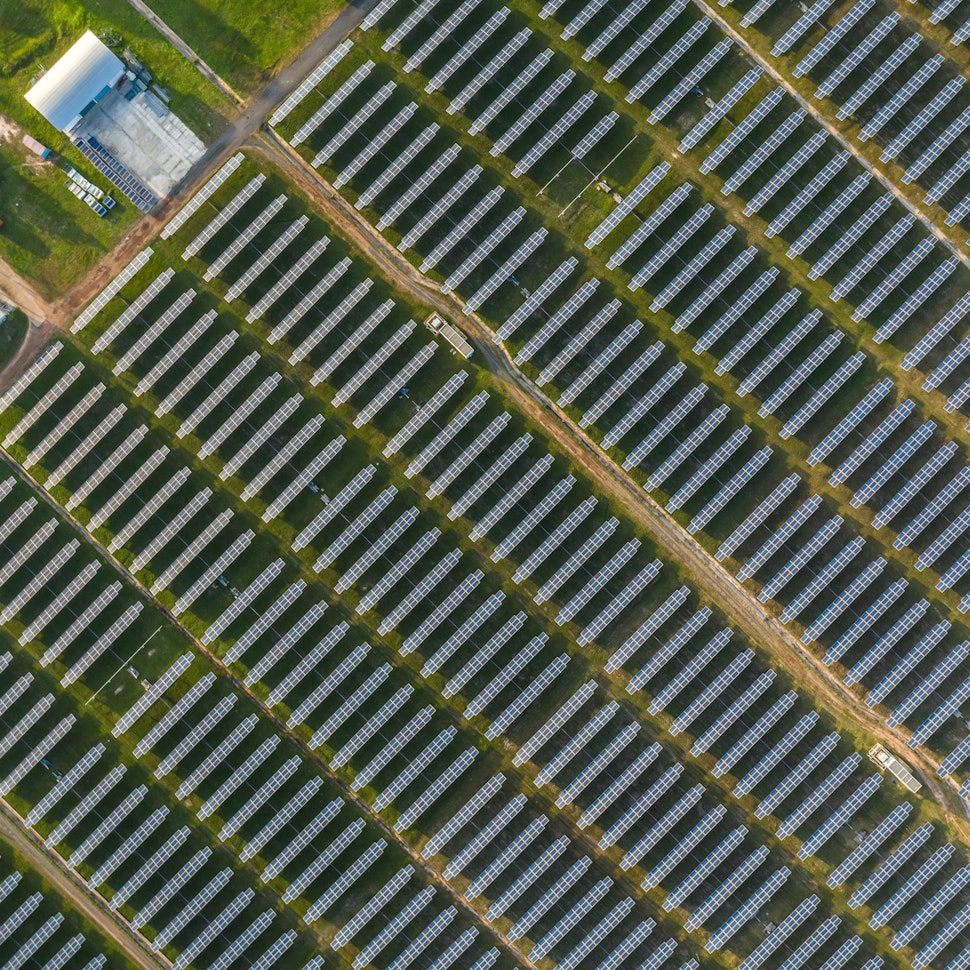- Solar energy blog
- Thin-film modules: Benefits and considerations in utility-scale solar plants
Thin-film modules: Benefits and considerations in utility-scale solar plants


Álvaro Pajares
Industrial Engineer
Born in Córdoba and raised in El Puerto de Santa María. Moved to Sevilla to study my Bachelor's and then to Madrid to study my Master´s (Industrial Engineering). During my Bachelor's I spent one year in Padova, Italy (where I learnt about Photovoltaics and how to cook the real pasta carbonara and risotto) and during my Master's I spent one year in Tampere, Finland (where I learnt how to live without sunlight). After coming back from Finland, I joined RatedPower!

Content
Thin-film photovoltaic (PV) modules are among the main alternatives to silicon modules in commercial solar energy systems. Thin-film technologies account for a small but growing share of the global solar market and are expected to grow at a compound annual growth rate of 23% from 2020-2025.
Thin-film cells deposit one or more layers of semiconductors onto glass, metal, or plastic and are as much as 20 times thinner than crystalline silicon wafers. They primarily use cadmium-telluride (CdTe) or copper-indium-gallium-diselenide (CIGS) compounds rather than silicon, although there are also amorphous silicon (a-Si) thin-film cells. CdTe cells account for the largest share of the thin-film market.

Benefits of thin-film PV modules
The benefits of using thin-film modules versus silicon modules go some way to explaining why the thin-film module market is growing so impressively.
Thin-film technology is mostly used in the US, where the largest remaining solar panel producer, First Solar, produces CdTe modules. The US government has imposed tariffs on imports of silicon solar cells from China, aiming to provide support for domestic manufacturing.
Thin-film cells use less semiconductor material, making them lighter than crystalline silicon cells. They are also cheaper to produce and install.
This is offset by lower efficiency, which then requires more space to allow for more panels to be installed. However, advances in thin-film technology are increasing efficiencies, making them more competitive with silicon products.
The distribution of cells within a thin-film module is different from a silicon-based module, and that variation in structure means that the modules behave differently when they are shaded. What considerations do you need to take into account when designing solar installations with thin-film PV panels rather than silicon panels?

Explore the outlook for PV material prices in 2023 and how market factors have affected costs with this free eBook.
Five considerations for thin-film PV project design
To get the most efficient energy output from thin-film solar panels, project designers need to make adjustments to their positioning and electrical layout. Below are five important factors to consider.
Energy production
Spectral correction. Thin-film solar modules are more affected by the way the solar spectrum is distributed than silicon modules. Humidity has an impact on the distribution, making thin-film modules more suitable in humid locations.
When designing solar energy systems using thin-film panels, project designers need to calculate the spectral correction based on air mass and precipitable water.Recombination losses. There are different types of losses in a solar energy system that reduce its efficiency in generating electricity. As electrons lose energy in an electrical current flow they recombine, resulting in power generation losses.
When designing thin-film systems, a correction has to be applied to adjust the light current generated, taking into account the recombination losses that occur in the intrinsic layer of the junction.Electrical shading. Shading can result in a significant reduction in electricity output from solar panels. As thin-film modules have cells distributed longitudinally along the module, when one module is shaded perpendicularly to its cells, all the cells are affected equally and there is no electrical mismatch between the cells.
For this reason, thin-film installations should use true-tracking rather than the backtracking systems used to reduce shading on silicon-based panels. That will enable the panels to convert more sunlight into energy without having electrical losses because of a mismatch between cells.
Electrical design
Modules per string. As thin-film modules such as those using CdTe run at higher voltage, fewer modules can be connected in a single string. This is because connecting modules in strings increases the voltage in the system, so a larger number of modules would exceed the maximum voltage the equipment can accept.
Inverter inputs. Since fewer thin-film modules can be connected in series to build a single string, requiring more strings, it is recommended to place an intermediate step between the string and the collector to reduce the number of inputs to the inverter.

RatedPower can help plan your thin-film installation
Thin-film solar panels are lightweight as they use less semiconductor materials than silicon panels. But as they are less efficient, they are best suited to project locations with large rooftop areas or open spaces.
Differences in the structure of thin-film modules compared with silicon modules mean that you need to make slightly different calculations to get the highest efficiency from thin-film-based systems.
Rated Power platform can automate those calculations to help you optimize your solar plant project. Contact us to find out more.
Latest stories
Related posts
Technology and engineering
Outsmarting congestion: How efficient solar design helps navigate Nordic grid limits
Learn how Nordic operators and solar developers are adjusting to tighter grid conditions and how policy and design decisions are keeping projects on track.
Updated 16 DEC, 25

Market analysis
Powering through the peak: Why solar + storage is gaining momentum in MENAT
Discover how MENAT is building a functioning solar economy and why rising peak demand during extreme heat is squeezing its energy architecture.
Updated 11 DEC, 25


Market analysis
The rise of utility-scale PV + storage plants in Italy
Discover how Italy’s latest policies and auctions are driving utility-scale solar and battery storage projects to meet ambitious 2030 targets.
Updated 4 DEC, 25

- RatedPower
- Solar energy blog
- Thin-film modules: Benefits and considerations in utility-scale solar plants
 Watch a demo
Watch a demo Ask our AI Product Expert
Ask our AI Product Expert
